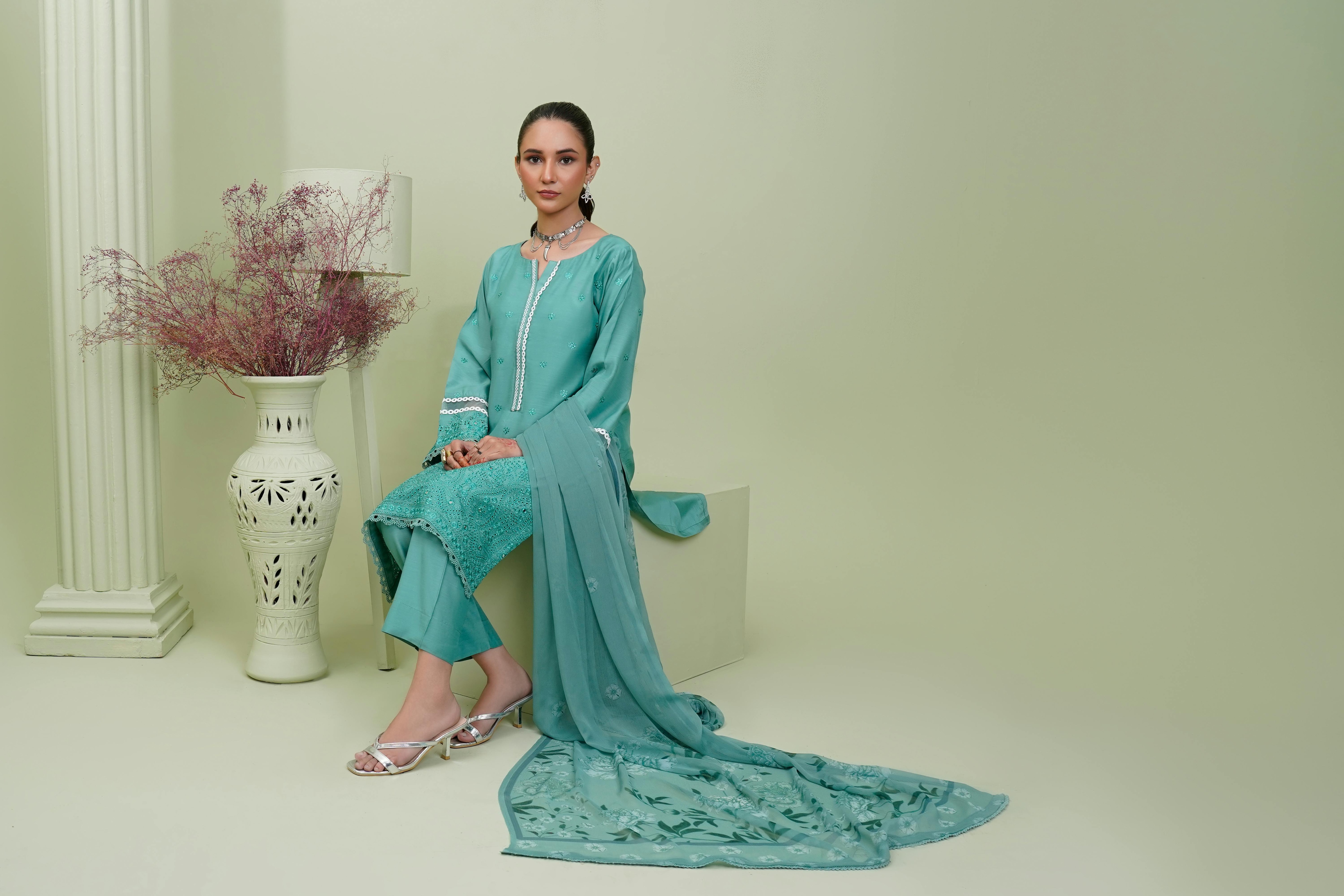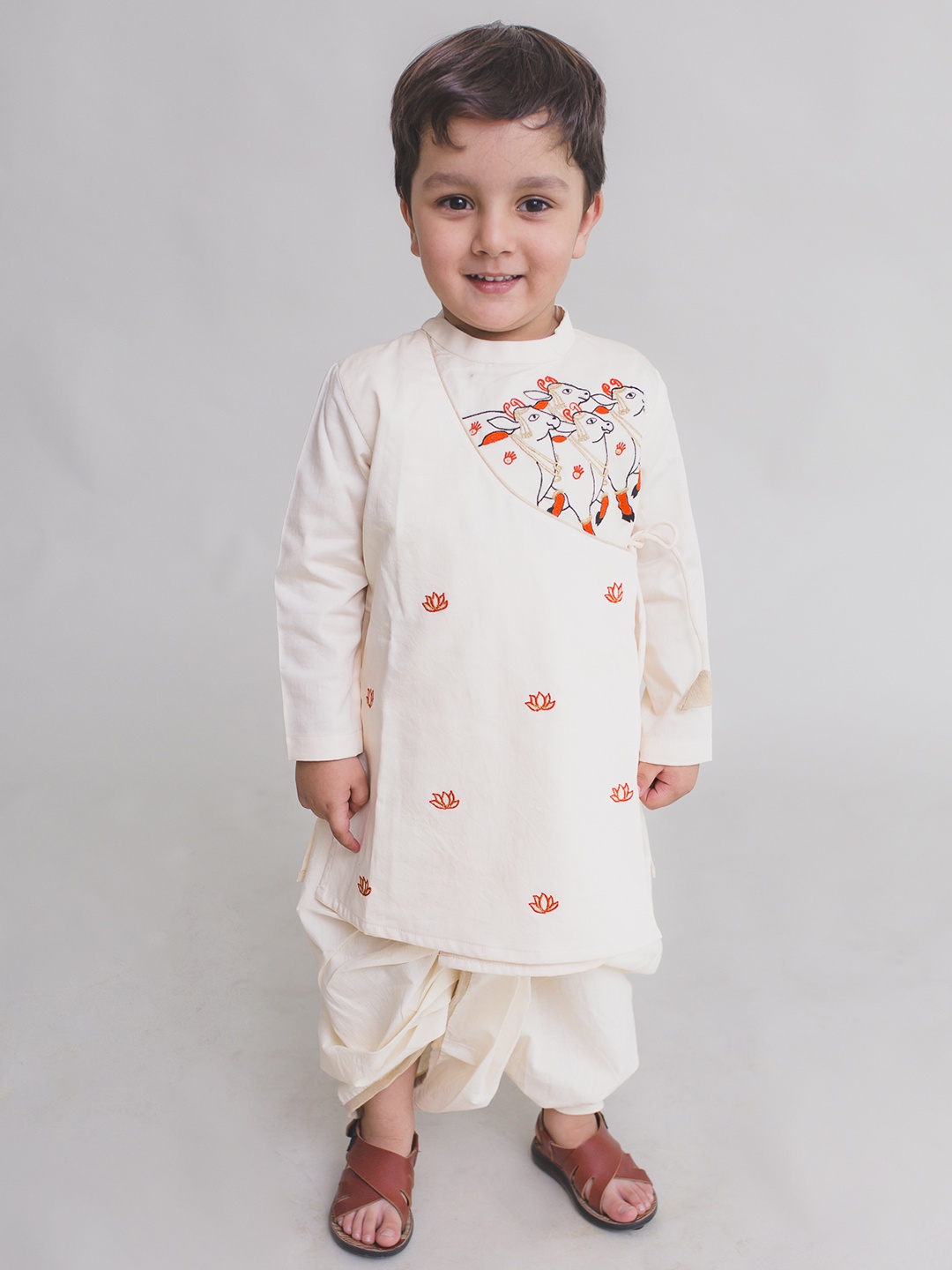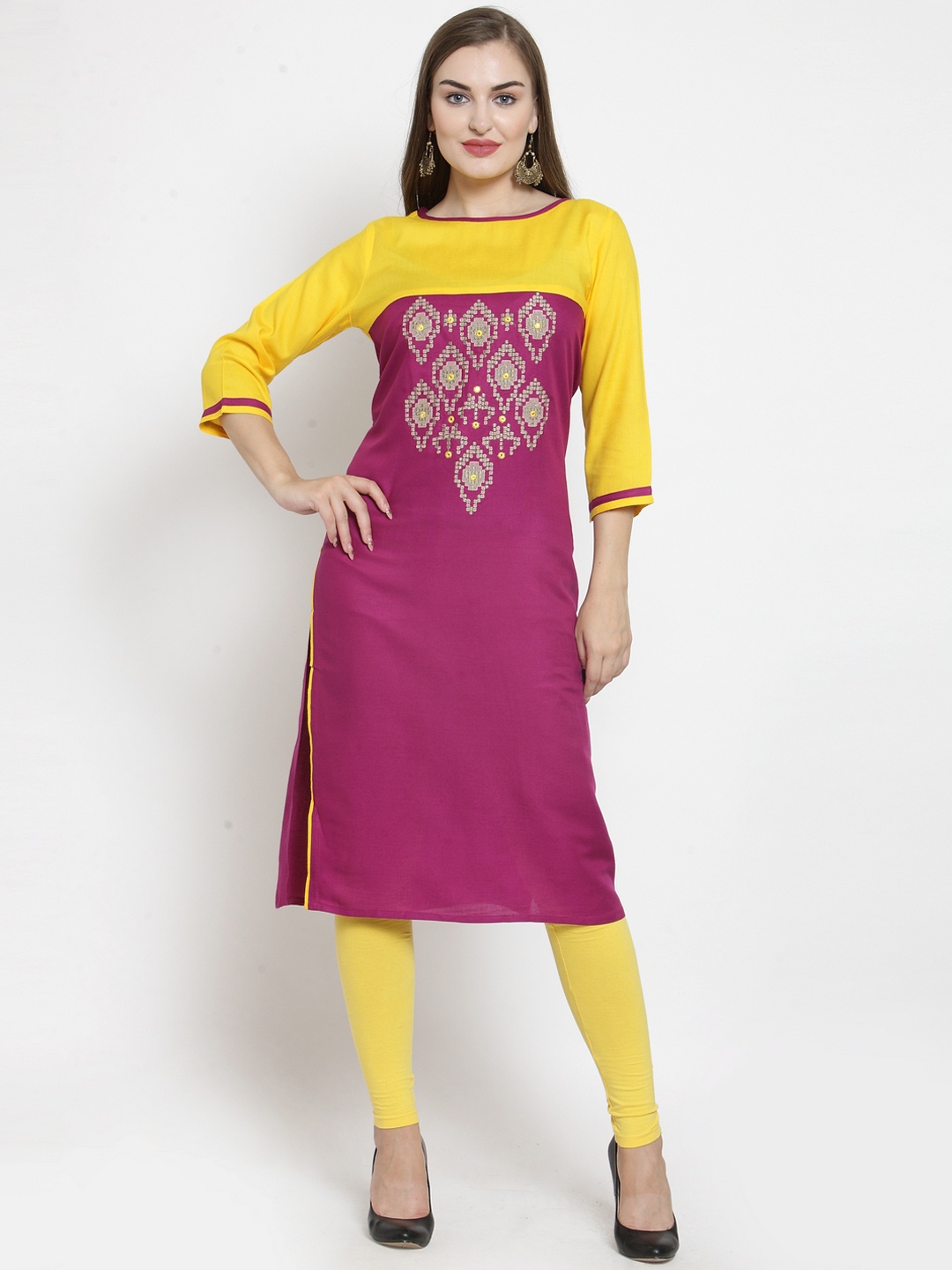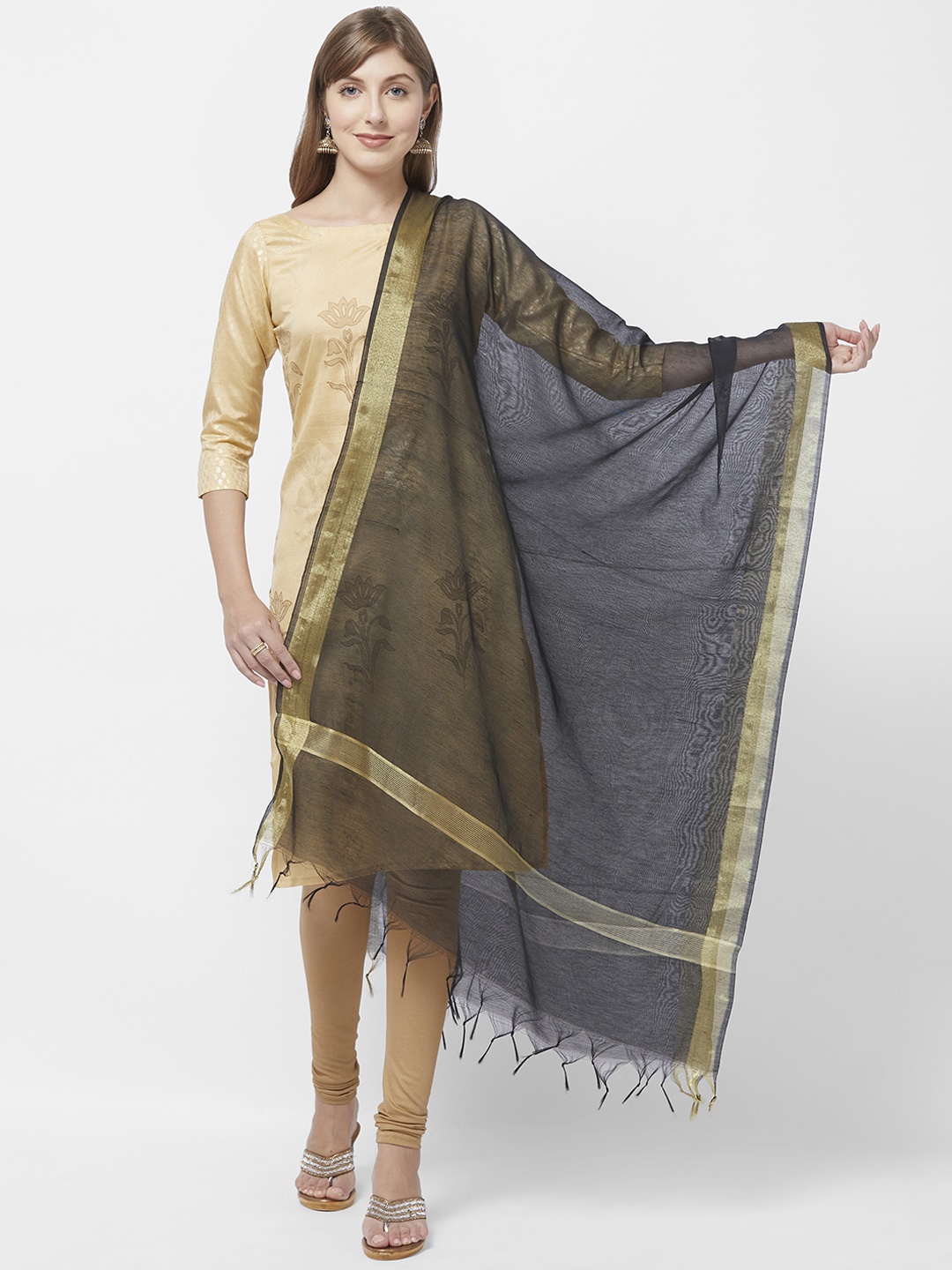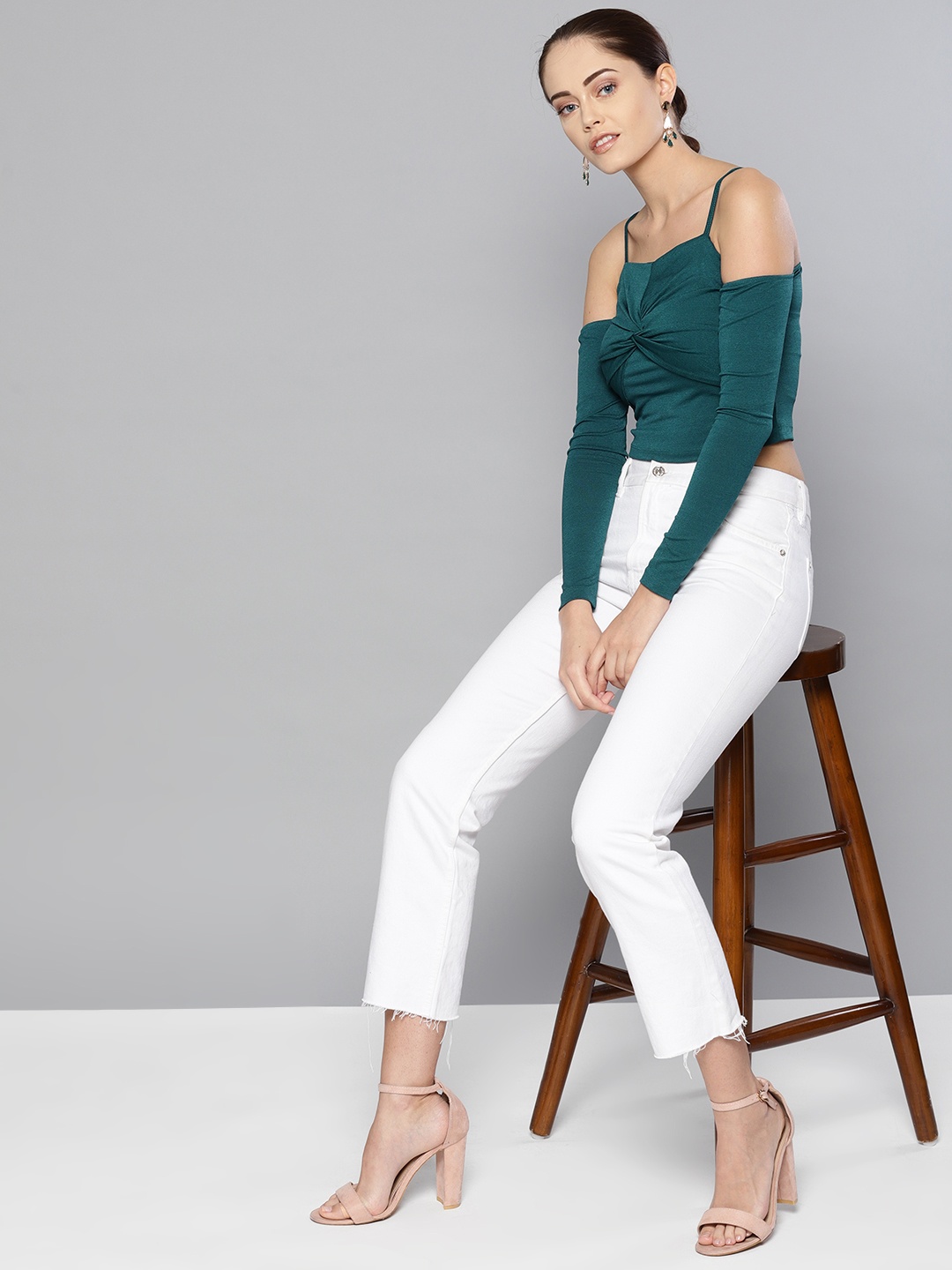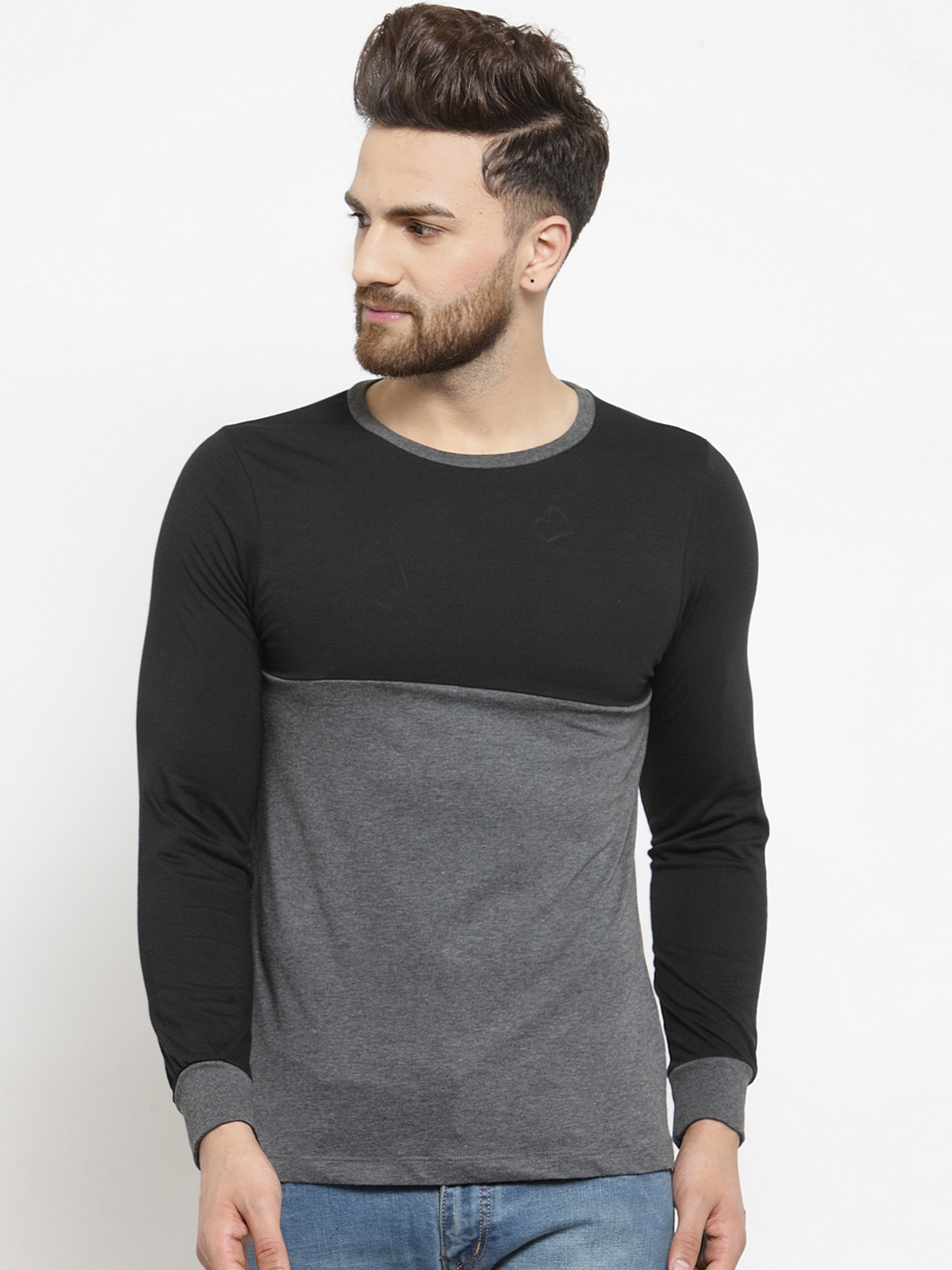Climate Comfort: 8 Reasons Why Linen Outperforms Synthetics for Smarter Living
Synthetic suits may look sharp, but they trap heat, irritate skin and age fast, especially in India's unforgiving climate. The question is why linen, a humble yet luxurious natural fibre, is becoming the preferred choice for professionals.

Linen or Synthetics: Navigating Fabric Choices for India's Weather and a Smarter Lifestyle
India's relationship with weather is intimate and intense. From scorching North Indian summers to the sticky, salt-laced humidity along the coasts, the clothes people wear do more than cover skin; they shape the day. For years, synthetic fabrics, polished and wrinkle-free, dominated workwear wardrobes. They promised style, efficiency, and affordability. But beneath that sheen lies a host of challenges: overheating, discomfort, skin issues, and a faster wear-and-tear cycle.
A growing number of Indians are making a simple yet impactful shift, replacing synthetic suits and shirts with breathable, natural linen. The change, though seemingly small, has wide-reaching effects. Linen doesn't just adapt better to India's climate; it supports skin health, reduces stress, saves money, and aligns with a more sustainable lifestyle. Here's how that transformation unfolds.
More Homes Are Going Battery-Ready: Here Is What They Know That You Don't
1. Breathability Is A Game-Changer In Indian Climates
Linen has an unmatched ability to breathe. Unlike synthetics, which often trap heat and moisture, linen allows air to circulate freely. In regions like Delhi or Nagpur, where daytime temperatures regularly cross 40°C, this can be the difference between exhaustion and ease.
The science behind it lies in the weave. Linen fibres are naturally hollow and loosely woven, helping regulate body temperature. Whether commuting in traffic or working under bright office lights, linen keeps the body cooler. The psychological comfort it brings also reduces irritability and improves focus, essential in professional settings where performance counts.
2. Sweat No Longer Becomes A Statement
In India, sweating is unavoidable. Synthetic fabrics compound the problem, they hold on to moisture, develop odours quickly, and often stain. Linen, by contrast, is absorbent and quick-drying. This means fewer embarrassing sweat patches and fresher clothes throughout the day.
Even during high-pressure moments, a wedding, a boardroom meeting, or just a crowded Metro ride, linen helps maintain composure. It adapts to the body, managing moisture without clinging or creating discomfort. For those navigating both social and professional environments, this is a discreet but powerful advantage.
3. Skin Health Improves Without Expensive Products
It's easy to overlook how clothing affects skin. Yet, many skin irritations, redness, rashes, acne on the back and shoulders, can be traced back to synthetic garments. These fabrics are often treated with chemical finishes and don't allow the skin to breathe, creating the perfect environment for irritation, especially in humid conditions.
Linen is naturally hypoallergenic and free from harsh processing agents. It resists bacterial growth and doesn't retain odours, making it ideal for prolonged wear. Over time, those who wear more linen often report fewer breakouts, less itching, and better overall skin health, without needing extra skincare products or medical creams.
4. Linen's Wrinkles Are Part Of The Charm
One of the most common concerns about linen is its tendency to wrinkle. But these aren't messy, neglected creases, they're soft, lived-in folds that carry a relaxed elegance. Unlike synthetics that quickly look shabby once damaged, linen ages gracefully. The fabric softens over time and develops character.
Fashion trends now celebrate this effortless aesthetic. From Mumbai design studios to Hyderabad startups, professionals are embracing linen's quiet sophistication. It signals maturity, calm, and confidence, qualities increasingly valued in contemporary Indian work culture. Ironing becomes less of a compulsion and more of a choice, saving both time and effort.
Also Read: Effortless Elegance: Why Linen Kurtas Are A Must-Have Essential In Every Woman's Wardrobe
5. Sustainable Fashion That Feels Right
Fast fashion is cheap, convenient, and wasteful. Synthetic clothes contribute heavily to landfill waste, and their production involves non-renewable petroleum-based resources. Linen, on the other hand, is made from flax, a plant that requires minimal water and grows quickly without chemicals.
Opting for linen supports both environmental sustainability and ethical consumption. In India, where textile production is deeply rooted in community-based weaving and agriculture, choosing linen helps revive traditional skills and local industries. From handloom clusters in Bihar to eco-fashion boutiques in Goa, linen supports a circular economy that benefits people and the planet.
6. Cost-Efficient In The Long Run
Though linen may seem expensive upfront, typically ranging from ₹1500 to ₹3500 for a shirt or kurta, it offers significant long-term savings. Unlike synthetic garments that fade, stretch, or lose shape within months, linen holds up season after season. Its durability means fewer replacements and lower laundry or dry-cleaning costs.
Additionally, linen's timeless design means it's rarely out of fashion. A well-maintained linen kurta or shirt remains relevant for years, pairing easily with both traditional and modern wardrobes. This extends the life of each piece, reducing the need to constantly update or replace items.
7. Stress Reduction Through Clothing Comfort
What people wear affects how they feel. Studies have shown that physical discomfort, tight collars, stiff sleeves, and heat retention can increase irritability and reduce cognitive performance. In contrast, linen offers softness, freedom of movement, and a cooling effect that promotes calm.
This matters in high-pressure settings like corporate offices or event planning. When clothing feels good, individuals focus better, express themselves more confidently, and experience less physical and mental fatigue. In an era where stress is chronic and unavoidable, linen offers a rare daily comfort that quietly lifts the overall mood.
8. India's Fabric Heritage Finds A Modern Voice
Linen isn't new to Indian soil. Though more commonly associated with Europe, its cousins, like khadi and muslin, have long embodied India's tradition of light, breathable, handwoven cloth. The modern linen resurgence blends this heritage with contemporary fashion, offering clean cuts, minimalistic aesthetics, and earthy tones that appeal to both urban professionals and culture-conscious millennials.
Indian brands like FabIndia, Nicobar, and Okhai are leading this evolution, collaborating with artisans to produce linen garments that are both stylish and sustainable. Linen is becoming the new uniform for those who value comfort, identity, and authenticity. It's no longer about just dressing up, it's about dressing well, dressing smart, and dressing true.
Products Related To This Article
1. House of Pataudi Women Floral Printed Linen Kurta with Trouser & Dupatta
2. Sangria Women Striped Linen Kurta with Trousers
3. Indo Era Floral Printed Thread Work Linen Kurta with Trousers & With Dupatta
4. all about you Round Neck Ethnic Motifs Printed Linen Kurta with Trouser & Dupatta
5. Ode by House of Pataudi Floral Printed Linen A Line Kurta with Trousers & Dupatta
6. Anouk Floral Printed Empire V-Neck Thread Work Anarkali Kurta With Trousers And Dupatta
7. Nayam By Lakshita Floral Yoke Design Cotton Linen A-Line Kurta with Trousers
8. Label Khoj Floral Printed Linen Straight Kurta With Trousers & Dupatta
9. QISSA Shirt Collar Straight Linen Kurta With Trousers
10. Libas Pink Floral Printed Straight Round Neck Thread Work Linen Kurta Set
Switching from synthetic suits to linen may start as a wardrobe decision, but the effects ripple through everyday life. The comfort linen brings supports physical health, mental well-being, financial wisdom, and environmental responsibility. In a country where weather, lifestyle, and tradition intersect in complex ways, linen offers a rare harmony, a blend of heritage and modernity, utility and elegance.
This fabric, simple and subtle, doesn't shout for attention. It simply performs, day after day, year after year. As more Indians seek balance between style, sustainability, and self-care, linen stands out as more than just a trend. It's a quiet revolution stitched in every thread.
Disclaimer: The images used in this article are for illustration purpose only. They may not be an exact representation of the products, categories and brands listed in this article.


